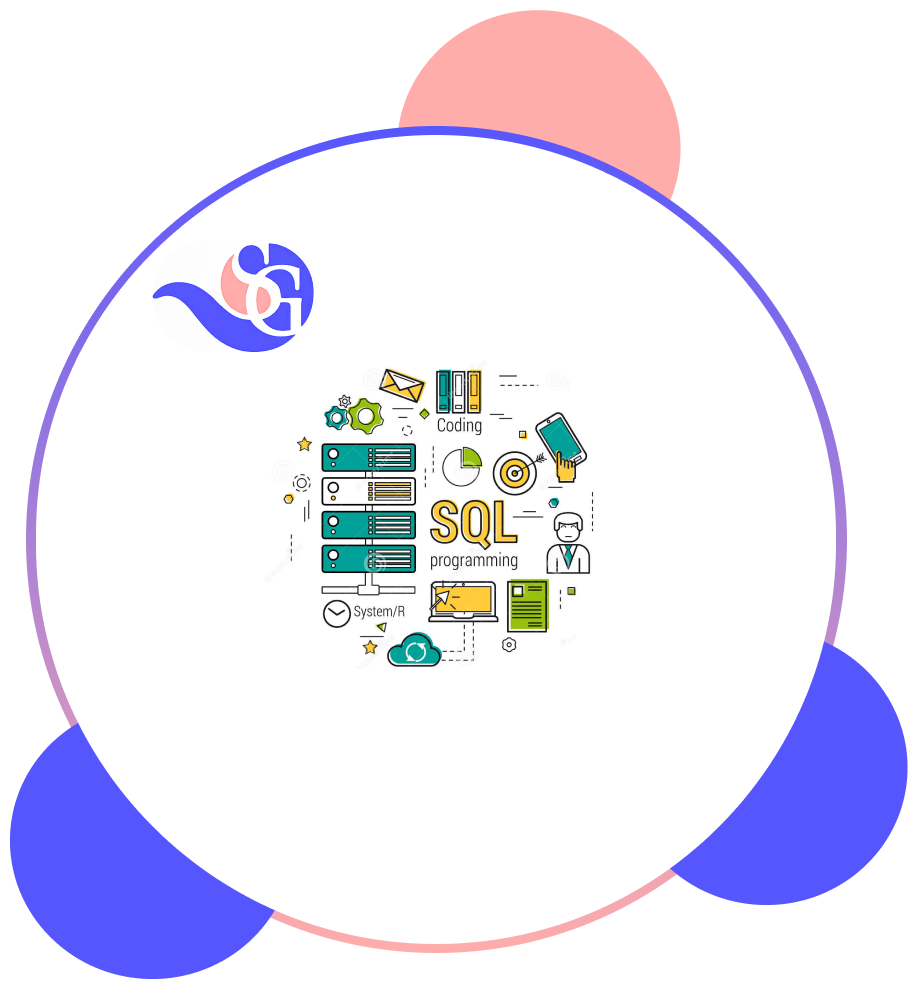- 08082263768
- https://sgdatanet.ng/
- Mon - Fri: 8:00 - 16:00

This course offers you an introduction to Oracle Database 12c database technology. You will learn the concepts of relational databases and the powerful SQL programming language. Discover essential SQL skills that allow developers to write queries against single and multiple tables, manipulate data in tables and create database objects.
Ensure fast, reliable, secure and easy to manage performance. Optimize database workloads, lower IT costs and deliver a higher quality of service by enabling consolidation onto database clouds.